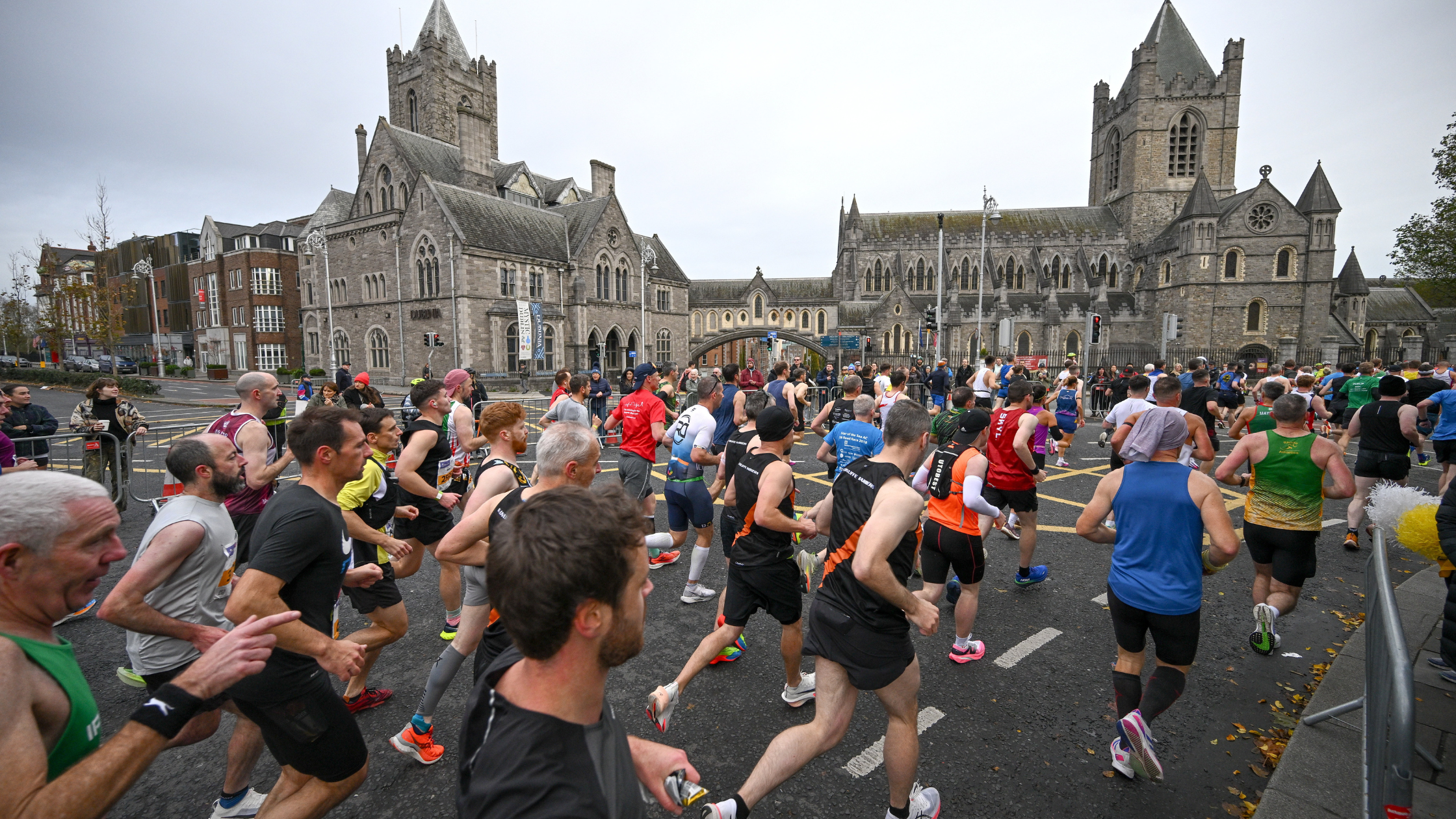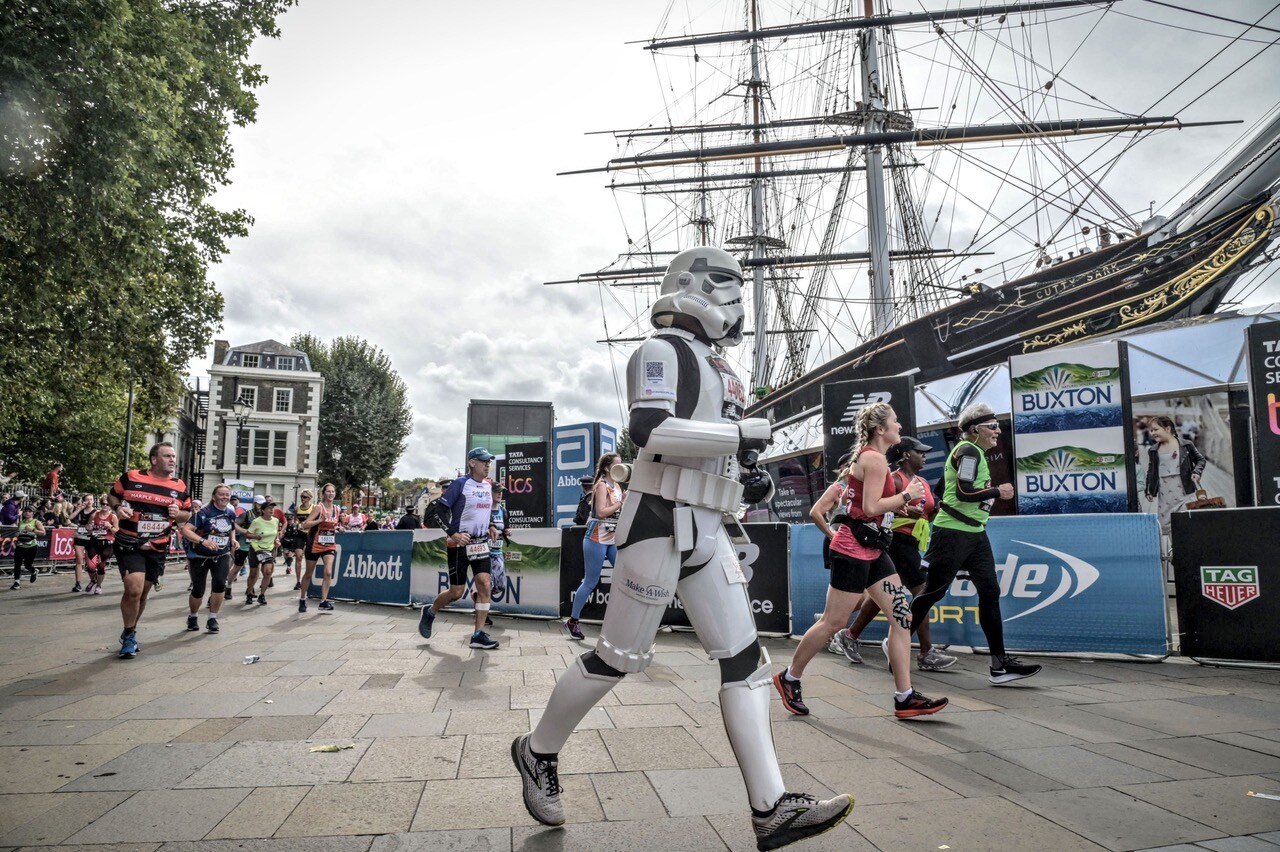There is nothing quite like a bracing run on a freezing winter morning to make you feel invigorated. By the same token, there is nothing worse than feeling cold in the middle of a long run when you’re still some distance from home. So choose your winter training gear wisely if you want to avoid injury, illness or plain old discomfort.
Running tights
A lot of men like to feel like the chill winter breeze on their legs and run in shorts during the colder months. Although this shows commendable fortitude in the face of cold adversity, it does not necessarily keep you warm.
Running tights definitely will because they’re a great way of insulating you from the cold and adding a compression layer to your body, which will help stimulate blood flow to the legs. Make sure you choose a pair of tights which are made of breathable material (to wick away sweat). You can also get tights with wind resistant panels or made with a thermal material for the hard-core Arctic Circle runner.
Gloves
Hands can lose heat quickly, especially on those brutal winter mornings when your breath freezes in front of your face. The technological advances in running kit mean you can get a glove/mitt with a wind resistant element that protects the hands from a bitter wind chill. But some brands will also allow you to remove that level of coverage from a glove/mitt as your hands warm up. Nice.
Hat
Your head is one of the most sensitive areas in the human body when it comes to temperature change. It used to be believed that you could lose as much as 40 per cent of your body heat through your head.
You could lose as much as 40 per cent of your body heat through your head.
Scientists at Indiana University disagree and believe it is actually around a 10 per cent loss. But whatever the actual percentage, there is no doubt this is an area that needs protection, especially for men without a full covering of hair.
A running beanie has become a really popular accessory, which can also protect your ears from the cold and wind as well. If you prefer the traditional bobble hat that will also do the job, but something made of a breathable synthetic material is ideal.
Headband
If you don’t like to wear a hat, but prefer just to keep your ears warm, then a thermal headband could be the way to go. It will keep your ears nice and snug and also help your headphones stay glued to your head if you like to listen to music while you rack up the miles.
Base layer (made of wickable materials)
You need something that fits snugly around your upper body to keep warm, but is also lightweight and breathable to wick away sweat. Avoid cotton as it is a heavier material which absorbs sweat. A wet t-shirt goes cold quickly in the winter and then you will start to lose body heat rapidly.
Long sleeved top or middle layer
Some runners like to wear a base layer and a fleece or long sleeved running shirt on top of that as a middle layer, as well as a gilet or windproof jacket. It depends how cold the weather is and how hot you get, in terms of what you wear. But if you do go for a long sleeved top, make sure it is a looser fit than your base layer and is made of wickable material.
Socks
This can make all the difference to your winter training. The wrong socks can have disastrous consequences on a long run, so chose something that is able to deal with sweat, but thick enough to keep your feet warm.
The wrong socks can have disastrous consequences on a long run...
The socks mustn’t be too bulky or your toes will get squashed against the inside of your running shoes and your toenails might then be vulnerable. If you really want to treat yourself, you could try toe socks, which are like gloves for your feet.
Windproof gilet/jacket
The wind can be one of the biggest factors to contend with on long winter runs, so getting a good quality jacket or gilet is essential. A gilet gives your arms greater freedom of movement, without offering the overall protection and weather resistance of a jacket. But whatever you choose, make sure it’s waterproof and breathable and it might be an idea to get one in a bright colour if you like to go running after dark.
Reflective gear
Don’t leave home in the evenings or very early mornings unless you are rocking the fluorescent look. You need to be seen, especially if you’re running on roads or tracks without much street lighting. So look for something bright and neon and go right back to the 80’s!
Trail shoes
For the hardcore hill or mountain runner, snow and ice could well be a factor you will have to contend with during the winter months. You might want to consider trail shoes, which are more robust than traditional running shoes and offer more grip. But it is also possible to buy running shoes which have spikes attached to them.















